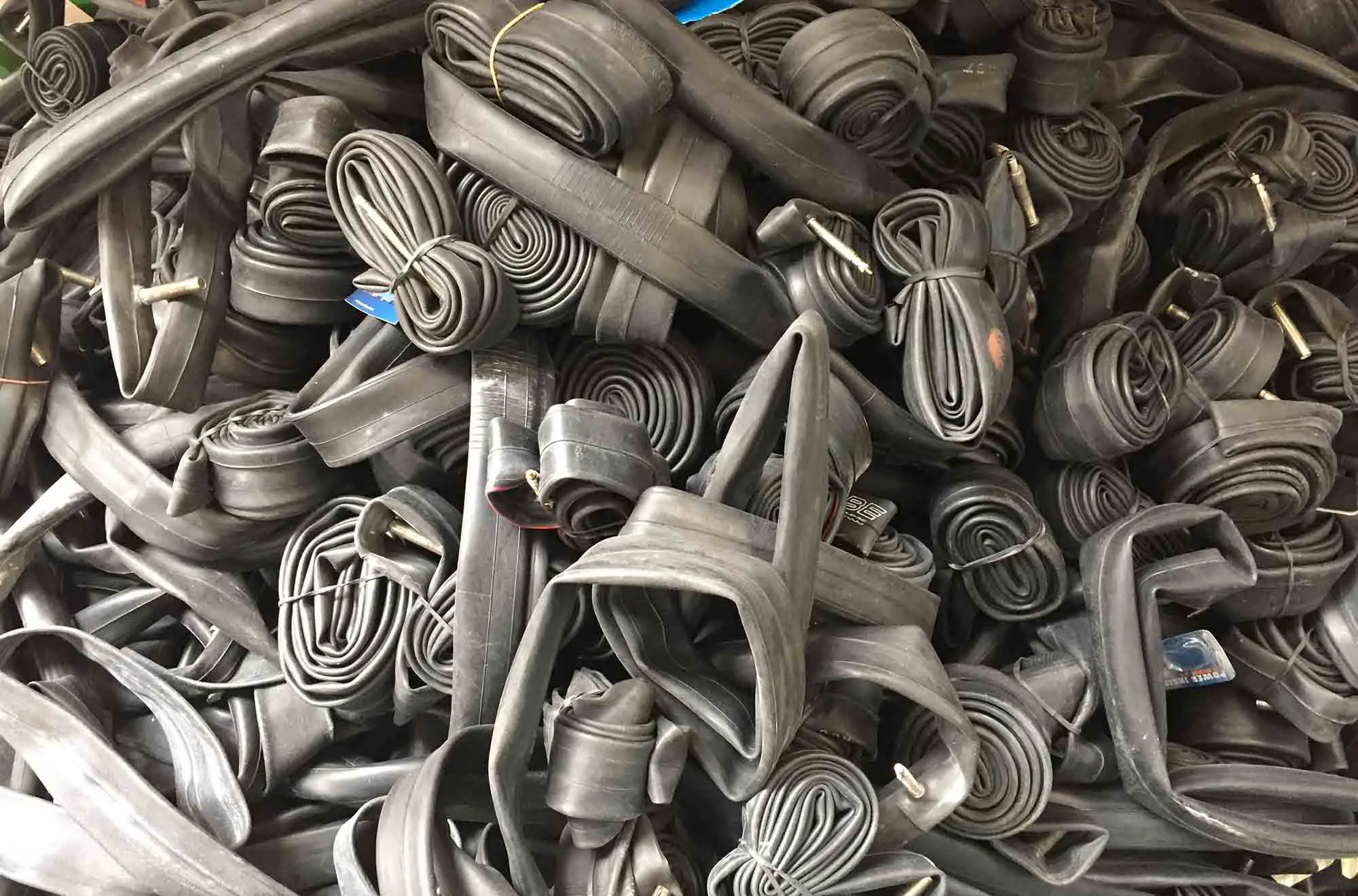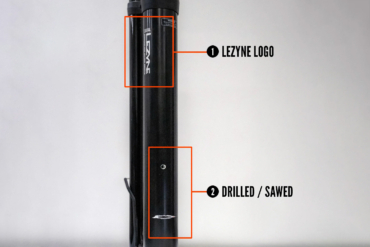Editor’s note: This article was originally published on BikeRumor.
Last month, the bike tire-maker announced its first-ever bike tube recycling program in the United States. Named Cradle-to-Cradle, the initiative focuses on waste reduction in the cycling industry, according to a company press release.
A pilot program starts today, June 1, with Schwalbe accepting used tubes from select dealers throughout the United States. Company leaders hope to add hundreds of dealers by the end of 2023.
Millions of bike tubes end up in landfills every year, Schwalbe said. The materials take hundreds of years to decompose while making new ones contribute to greenhouse gas emissions.
The company will transform discarded bicycle tubes into new, “top-quality” tubes to avoid that waste. Compared to using the same amount of virgin materials, tube recycling reduces energy consumption by over 80%, including transport, Schwalbe claimed.
How Does It Work?
For Schwalbe, the program has already proven successful in Europe, where the company has recycled 9 million tubes from five countries, the press release said. Every bicycle inner tube from the company incorporates 20% recycled content, and Schwalbe aims to increase the amount of recycled material in the future.
The closed-loop recycling process begins with collecting used tubes from various brands and manufacturers, gathered from bike shops and cyclists.
Once a bike shop accumulates up to 45 pounds of used tubes (or 20,000 tires), they can schedule a shipment, free of charge, via a custom UPS portal back to Schwalbe. The brand then transports the collected tubes to its recycling plant in Indonesia, which recovers the rubber for later use.
“It is estimated that nearly 10 million used inner tubes find their way to U.S. landfills each year,” Sean Cochran, representative of Schwalbe North America, said in the press release.
“Instead of considering them as trash, we regard them as valuable resources to produce new, high-quality tubes. We are proud to announce the launch of our tube recycling program in the U.S.”








